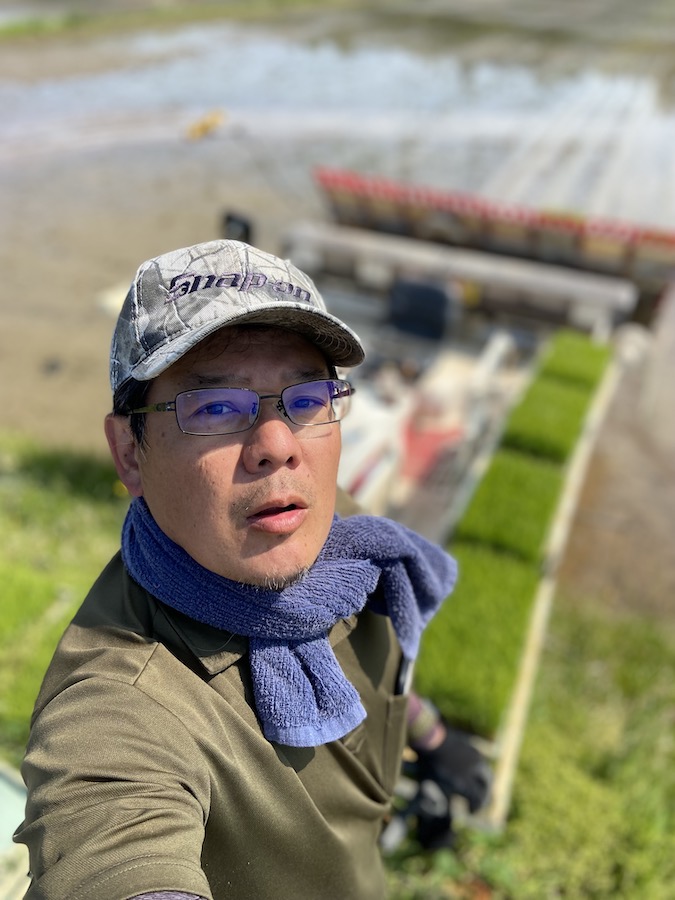
A crested ibis soars over a snowy field, its plumage turning a mix of pink and black during courtship. (©Fumie Oyama)
このページを 日本語 で読む
As the cold deepens, Sado Island's wild crested ibis has once again begun changing color, developing its distinctive breeding plumage. This transformation to a darker color signals the start of their courtship period.
Darkening in the Waters
Although the crested ibis's mating season is an annual spectacle, this year, I set out to capture footage of their feathers darkening as they bathed and preened.
Wading into the icy midwinter waters, the crested ibis vigorously rubs its shed black neck skin against its plumage while bathing. Despite the splashing, the dark coloration remains intact, deepening with each movement.
A Black Powder That Lingers
According to veterinarian Yoshinori Kaneko, the birds' neck skin is naturally black due to melanin. Kaneko has spent 32 years breeding crested ibises at the Sado Japanese Crested Ibis Conservation Center.

As the courtship season approaches, this skin thickens and gradually peels off in small flakes.
Each flake is about three millimeters in size. Rubbing these flakes onto its body, the crested ibis breaks them down into a fine powder that stains its feathers.
The feather barbs and barbules on their necks have a grooved microstructure, making the powder difficult to remove once attached. Dr Kaneko, who has dissected many crested ibises, noted that when the powder stuck to clothing, it was extremely hard to remove.
In the past, a limited understanding of their behavior led people to mistakenly believe that blackened crested ibises were a different species.

A Captivating Mystery
Dr Kaneko explains, "At least 150 bird species, including pelicans and hornbills, apply substances to their feathers for coloration. However, among the world's estimated 11,195 bird species, the crested ibis is the only one that colors itself using its own pigmentation."
One theory suggests that this self-coloration helps them evade predators, but its true purpose remains unknown. Perhaps it is precisely because of its many mysteries that the crested ibis continues to captivate us.
Read more essays by photojournalist Fumie Oyama on Japan 2 Earth, a JAPAN Forward website featuring Japan's initiatives on the SDGs.
RELATED:
- Crested Ibis Feeding Frenzy Marks the Start of Winter
- The Surprising Way Crested Ibis Cope with Summer Heat
- Newly Fledged Crested Ibis Chicks Take Flight!
Author: Fumie Oyama

Fumie Oyama is a two-time winner of the Japan Newspaper Publishers & Editors Association Award as a photographer for The Sankei Shimbun. After covering the reintroduction of the crested ibis to the wild for 11 years, Oyama left the company in 2020 to move to Sado Island. There, he continues to photograph the ibis and other wildlife while engaging in farming. He currently promotes the charms of Sado Island as a photojournalist. Follow Fumie Oyama on Instagram.
このページを 日本語 で読む








